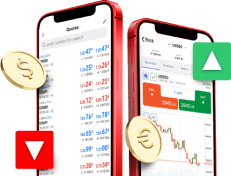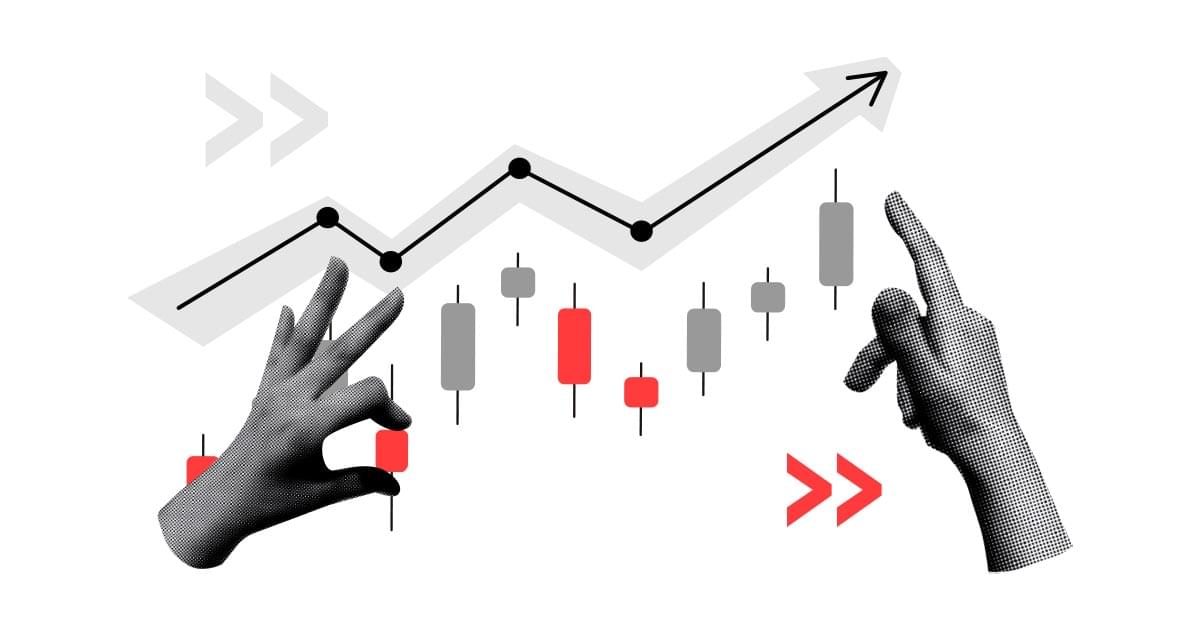The prices of the two most popular precious metals are rising. We are paying about $1,820 per ounce of gold today, after rising nearly 1 percent on Monday. In total, gold seems to have risen by almost 2.5 percent since January 28.
The likely catalyst for the rally may be growing concerns about rising price pressures in the economy. Fear of inflation may have prompted investors to seek capital preservation. Interestingly, the rise in gold prices was not hindered by the increase in the yield of 10-year U.S. bonds to 1.94 percent.
The increase in US Treasury bond yields may in turn be a consequence of the surprisingly strong US employment report, which was published on Friday. The data showed that non-farm employment rose by 467,000 jobs in January, beating expectations and indicating a limited impact of the omicron option on the US labor market.
Investors are now awaiting January's consumer price index, which could rise 7.3 percent from a year earlier, which would be the biggest jump in the U.S. since 1982. If such a reading actually occurs, it could bolster speculation of a 50 basis point interest rate hike by the Federal Reserve in March. According to federal funds rate contracts, investors are now assuming such a scenario with a near 30 percent probability.
Silver seemed to have increased in price by almost 2.5 percent yesterday, reaching a price above $23 per ounce. Since last week, the price of an ounce of silver may have risen by almost 5 percent. Nevertheless, since the beginning of the year, silver seems to have lost about 2 percent, and gold about 0.5 percent.
Daniel Kostecki, Director of the Polish branch of Conotoxia Ltd. (Forex service)
Materials, analysis and opinions contained, referenced or provided herein are intended solely for informational and educational purposes. Personal opinion of the author does not represent and should not be constructed as a statement or an investment advice made by Conotoxia Ltd. All indiscriminate reliance on illustrative or informational materials may lead to losses. Past performance is not a reliable indicator of future results.
CFDs are complex instruments and come with a high risk of losing money rapidly due to leverage. 79.17% of retail investor accounts lose money when trading CFDs with this provider. You should consider whether you understand how CFDs work and whether you can afford to take the high risk of losing your money.


